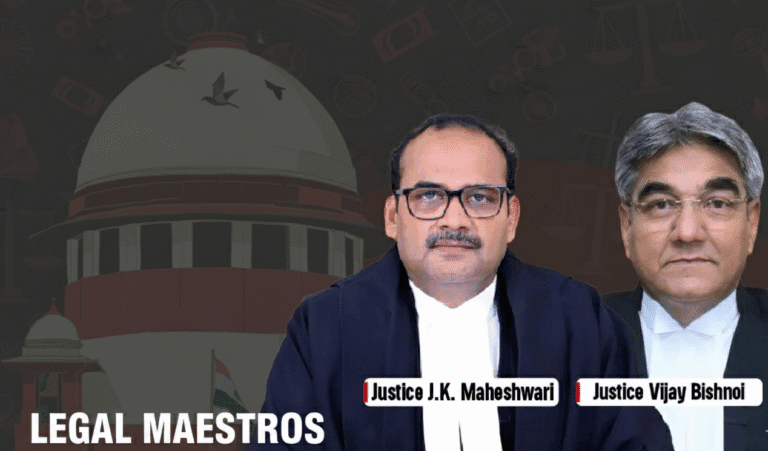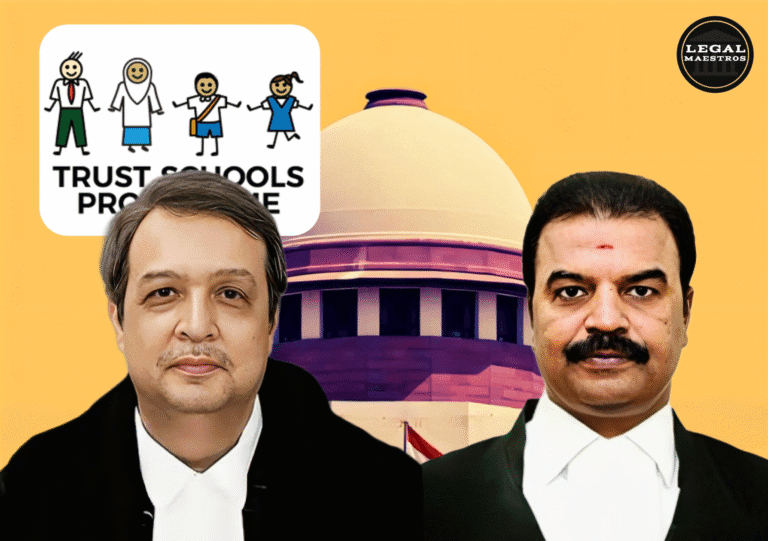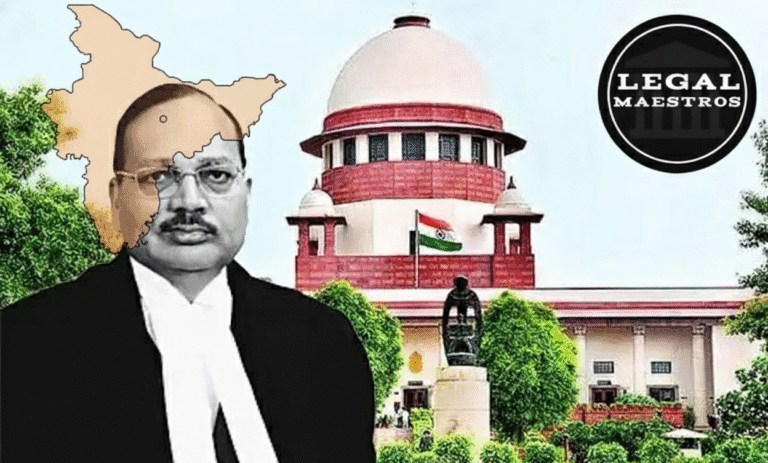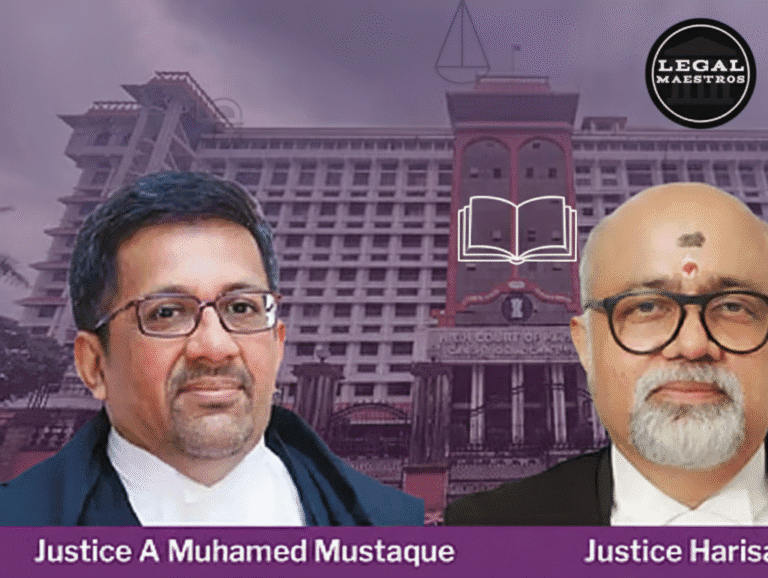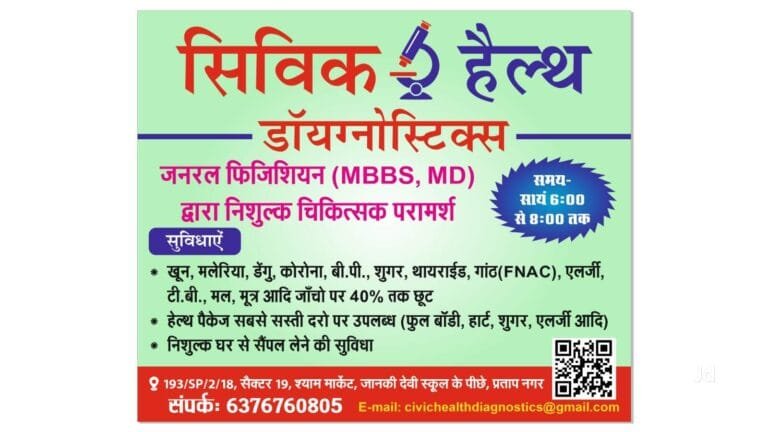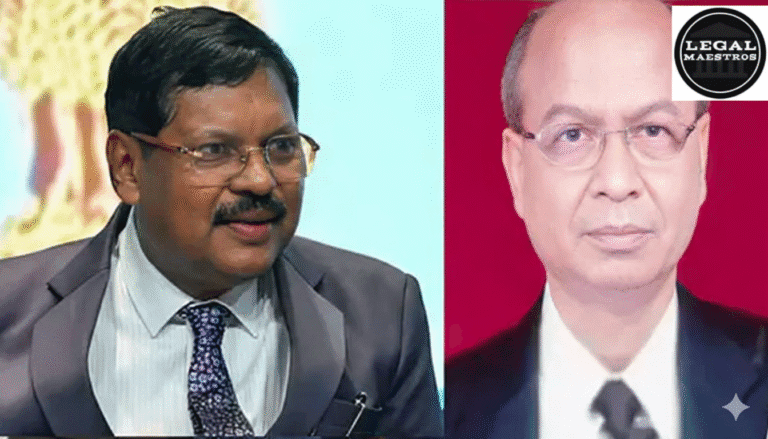
Historical Context and Facts
An individual with a strong commitment to the public interest, Gyan Prakash, submitted the petition in accordance with Article 32 of the Constitution. He brought attention to the fact that over 53,000 individuals lost their lives in accidents on India’s highways in just the year 2017.
In spite of the fact that the central government is obligated to fulfill some legal obligations, the petitioner centered their attention on the inefficient execution of the Highway Administration Rules, 2004, and the Act of 2002. Furthermore, the Court took into consideration the fact that the Ministry of Road Transport and Highways (MoRTH) had a limited and delayed effort to monitor the state of the highways.
Hearings were held many times as a response to the situation. To ensure the removal of illegal encroachments, affidavits were reviewed, and orders were issued to ensure that proper inspections were carried out, citizens were provided with complaint methods, and proper inspections were carried out. A major contribution was also made to the proceedings by a member of parliament as well as an amicus curiae representative.
For any queries or to publish an article or post or advertisement on our platform, do call at +91 6377460764 or email us at contact@legalmaestros.com.
Major Provisions of the Law
The case largely centered on the Act of 2002 and its numerous parts that provide specifics regarding the guidelines for the management of highway land:
In accordance with the provisions of Section 3, the central government is required to establish Highway Administrations. It is the responsibility of these agencies to ensure that the provisions of the Act are adhered to, and they are assigned with the responsibility of monitoring certain portions of highways.
Highway land cannot be occupied without proper authorization, as stated in Section 24. Such lands, whether they have been vested with the central government or acquired by it, are required to be protected against any unlawful usage, according to the document.
For any queries or to publish an article or post or advertisement on our platform, do call at +91 6377460764 or email us at contact@legalmaestros.com.
It is possible to remove occupations that are not authorized through the processes provided by Section 26. The act requires the issuance of notices, the consideration of objections, and, if necessary, the forcible removal of encroachments. In the event that there is a threat to public safety, it also allows for swift removal.
The authority and responsibilities of highway administrations are outlined in more detail in Rule 3 of the Highway Administration Rules, 2004 (which was revised in 2019). The establishment of policies, the distribution of Standard Operating Procedures (SOPs), the evaluation of execution, and the coordination with enforcement organizations are all included in these.
Concerns of a Fundamental Nature Addressed
complaints over the blatant lack of action or ineffective execution of the legislative authorities that were established by the Act of 2002 were among the most important complaints.
For any queries or to publish an article or post or advertisement on our platform, do call at +91 6377460764 or email us at contact@legalmaestros.com.
The Supreme Court made the observation that although the authorities had been established in theory, they were not actually functioning in any way. In the past, there were no processes that could detect and respond to encroachments in real time. The public did not have access to any forums for grievance redressal or teams that were responsible for conducting frequent inspections.
The Supreme Court was especially concerned by the fact that there were no significant measures being made to prevent encroachments on roadways, despite the fact that such encroachments put people’s lives in immediate danger. Not only was this failure considered a violation of statutory requirements, but it was also considered a violation of the more general constitutional mandate that is mentioned in Article 21, which ensures the right to life and safety.
Commands that have been issued by the court
Multiple sets of directions were given by the Supreme Court with the purpose of guaranteeing compliance with the Act and increasing road safety through improved enforcement. These directions include:
For any queries or to publish an article or post or advertisement on our platform, do call at +91 6377460764 or email us at contact@legalmaestros.com.
The Ministry of Roads and roadways was given an order by the court to establish specialized inspection teams for all national roadways. Specifically, these teams were given individual responsibility for certain highway portions, and they were required to swiftly notify any encroachments that occurred.
A public-facing portal and a mobile application were required to be developed by the Court so that citizens may use them to file complaints against encroachments to their property.
The application known as “Rajmargyatra” was going to be improved so that it would enable users to upload geotagged photographs and track the status of complaints. In addition to that, a toll-free number was going to be extensively reported.
For any queries or to publish an article or post or advertisement on our platform, do call at +91 6377460764 or email us at contact@legalmaestros.com.
For More Updates & Regular Notes Join Our Whats App Group (https://chat.whatsapp.com/DkucckgAEJbCtXwXr2yIt0) and Telegram Group ( https://t.me/legalmaestroeducators )
The authorities were given the directive to publish comprehensive standard operating procedures (SOPs) that specify the manner in which inspections should be carried out, the frequency with which they should be carried out, and the steps that must be taken after the finding of encroachments. Standard operating procedures were supposed to cover reporting methods and duties for personnel.
In order to guarantee that highways are patrolled on a consistent basis, the Court issued an order to the government instructing them to establish surveillance teams, which may include the State Police or other agencies. This was done with the intention of preventing new encroachments and improving reaction times to infractions that were reported.
For any queries or to publish an article or post or advertisement on our platform, do call at +91 6377460764 or email us at contact@legalmaestros.com.
It was expected that all of the directives would be executed within a period of three months, and compliance reports would be submitted and evaluated in September of 2025. After making the decision to keep the petition pending, the court indicated that it will continue to monitor the development of the case under a continuous mandamus.
Principles of the Constitution and Their Role
In accordance with Article 21 of the Constitution, this case serves as an illustration of the role that the Supreme Court plays in defending the right to life. The Court established a connection between inadequate enforcement of highway regulations and an increase in the number of fatalities and injuries, so highlighting the responsibility of the state to ensure that public infrastructure is safe.
In addition, the Court’s reliance on citizen engagement through grievance redressal channels is connected to Article 19(1)(a) (freedom of expression) and Article 14 (equality before the law), because in the past, individuals were not only denied awareness but also the opportunity to voice their concerns.
For any queries or to publish an article or post or advertisement on our platform, do call at +91 6377460764 or email us at contact@legalmaestros.com.
This case also highlights the significance of Article 32 as a means by which citizens can directly approach the Court in the event that they feel that their public duties have been disregarded. Within the context of a constitutional democracy, the proactive intervention of the judiciary in this case serves as a reminder of the delicate balance that exists between governance and judicial scrutiny.
Implications for the Long Term
The method taken by the Court provides a paradigm that can be used to address and address systemic administrative shortcomings in other public sectors. The Court has established a framework for infrastructure governance that is capable of being replicated by mandating distinct standard operating procedures (SOPs), public accountability instruments, and surveillance systems.
It is also possible for the judiciary to revisit the subject on a recurring basis thanks to the ongoing mandamus strategy, which ensures that initial compliance is followed by persistent execution.
For any queries or to publish an article or post or advertisement on our platform, do call at +91 6377460764 or email us at contact@legalmaestros.com.
The ruling has the potential to significantly reduce the number of fatalities and injuries that occur on highways when it is correctly implemented. Additionally, it has the ability to encourage lawful land use and to stimulate greater public participation in the upkeep of infrastructure.
A significant step forward in the development of road safety jurisprudence and infrastructure governance in India was taken by the Supreme Court of India in the case of Gyan Prakash v. Union of India and Others.
A forward-thinking and citizen-centric approach has been created by Justices Abhay S. Oka and Augustine George Masih in order to address an issue that has been there for decades: encroachments on roadways, which are responsible for the loss of thousands of lives every year.
For any queries or to publish an article or post or advertisement on our platform, do call at +91 6377460764 or email us at contact@legalmaestros.com.
The verdict is not only about interpreting the law; it is also about upholding human dignity and giving people the freedom to travel in a secure environment.
It makes certain that statutory provisions, which are frequently disregarded, are regarded as obligatory obligations. The verdict outlines a path toward safer highways and more accountable governance by means of instructions that are technological, administrative, and legal in nature.

